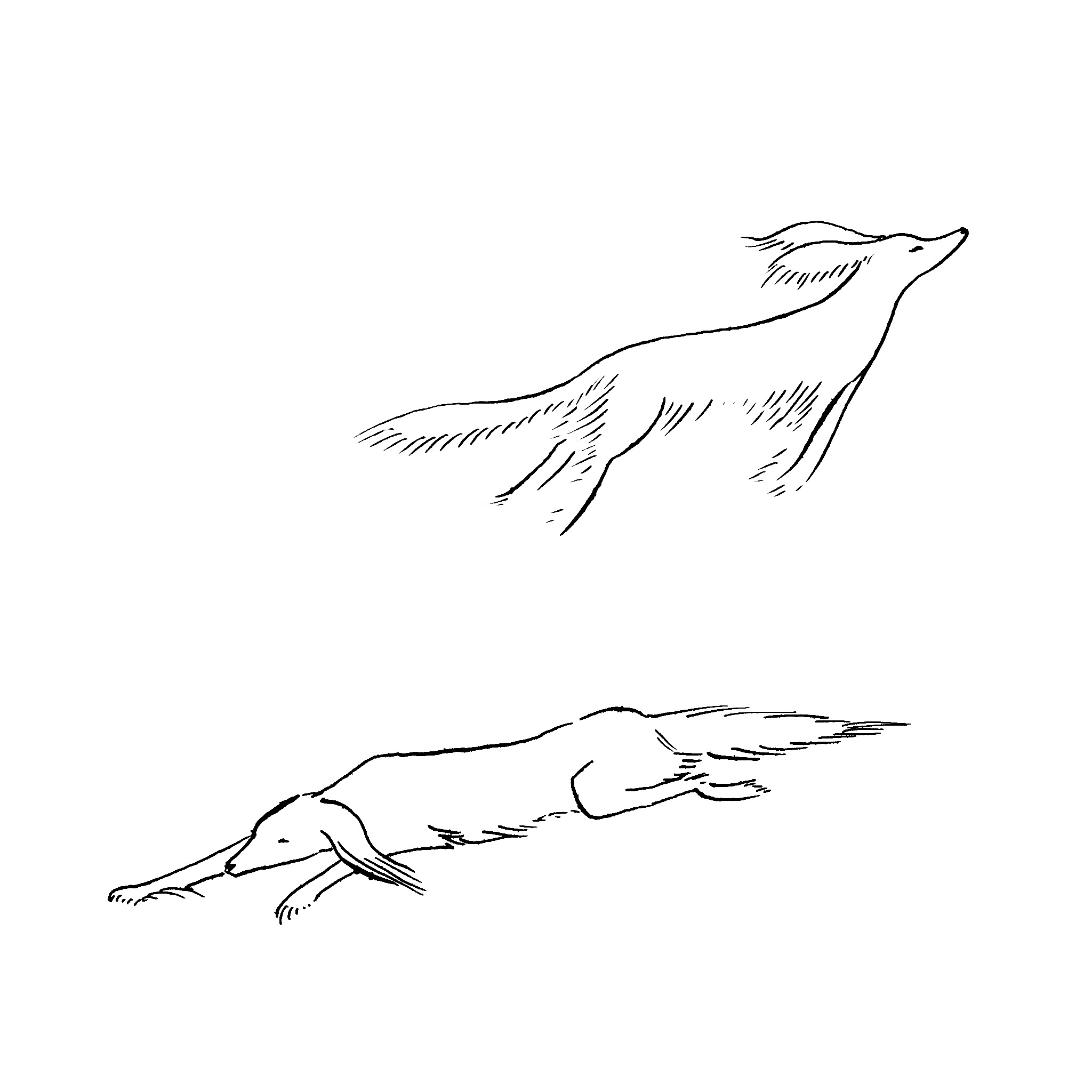10 days of ink-dipping for #inktober under the theme of Fauna Fatale (animals x death).
I wanted to play with a ‘flash tattoo’ style of illustration, or motifs. The kind that is displayed on the entranceways and walls of tattoo parlours for the perusal of walk-in customers.
I also wanted to pen some thoughts on animal death, drawing from personal experiences as a veterinarian.
One of the most fulfilling aspects of this work was having the privilege to support animals through their end of life experience. And to end suffering by way of euthanasia, a practice that holds great potential for artistry and ceremony. It called upon a sensitivity to my own role amongst family members and the community, my own hand in life and death, as well as a concurrent attention away from myself because throughout the facilitation it is not about me.
Poignant moments that make you forget yourself, and have you melting into your context are a rare honour. And it is possible to feel very light afterwards.











